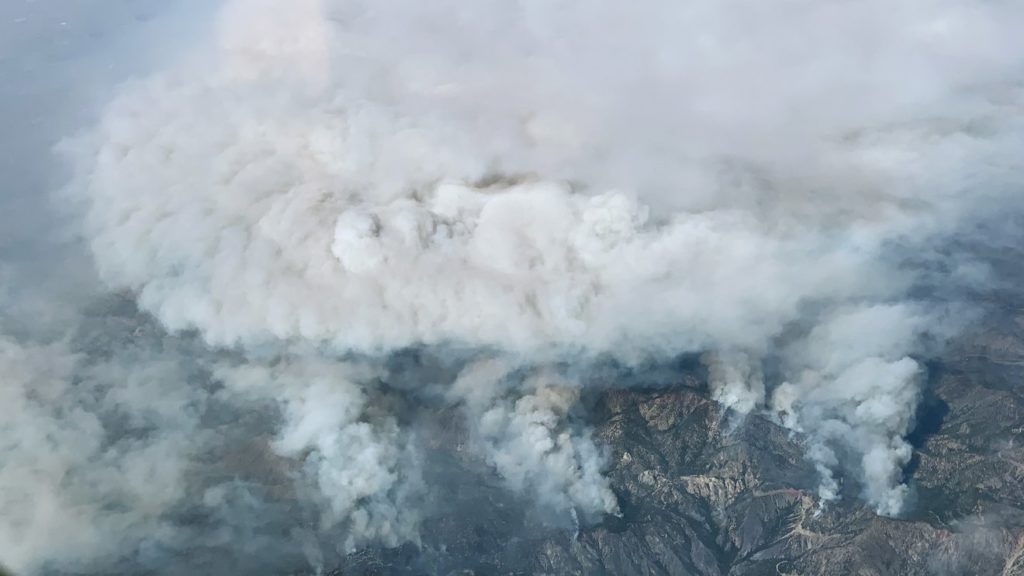Researchers from NASA's Jet Propulsion Laboratory studied the effects of the speed at which plants
Scientists compared monitoring satellite dataECOSTRESS with photos of the aftermath of forest fires. All data was collected between 2019 and early 2020 in six areas — three in the mountains of Southern California and three in the Sierra Nevada — that were subsequently engulfed in wildfires.
Researchers have received information about waterstress experienced by plants before the fire. It turned out that both high and low levels of stress can cause increased burning in different forests. For example, pine forests that were under stress (having a lack of moisture) caught fire more often than those that had enough water. Scientists attribute this to the fact that dry pine forests ignite more easily.
On the contrary, in pastures and in areas with lowvegetation, lower stress tends to correlate with greater fire damage. This suggests that the intensive growth of vegetation produced more fuel, which led to more powerful fires, the authors of the study explain.
 Smoke from a wildfire in the mountains of California. Photo: NASA
Smoke from a wildfire in the mountains of California. Photo: NASA
Like people, plants have difficulty functioning,when they are too hot. Sweating is used by animals to maintain an acceptable temperature. In plants, a similar process is called evapotranspiration. It combines the rate at which plants lose water as it evaporates from the soil, and transpiration, in which they release water through openings in leaves called stomata. To avoid losing too much water, plants start to close their stomata if they get too dry.
Read more:
Soon a solar storm will hit the Earth: the material flies at a speed of 800 km / s
What are supergenes and how do they make animals so weird
Cancer tumors were deprived of "fuel" with the help of cold: how it helped